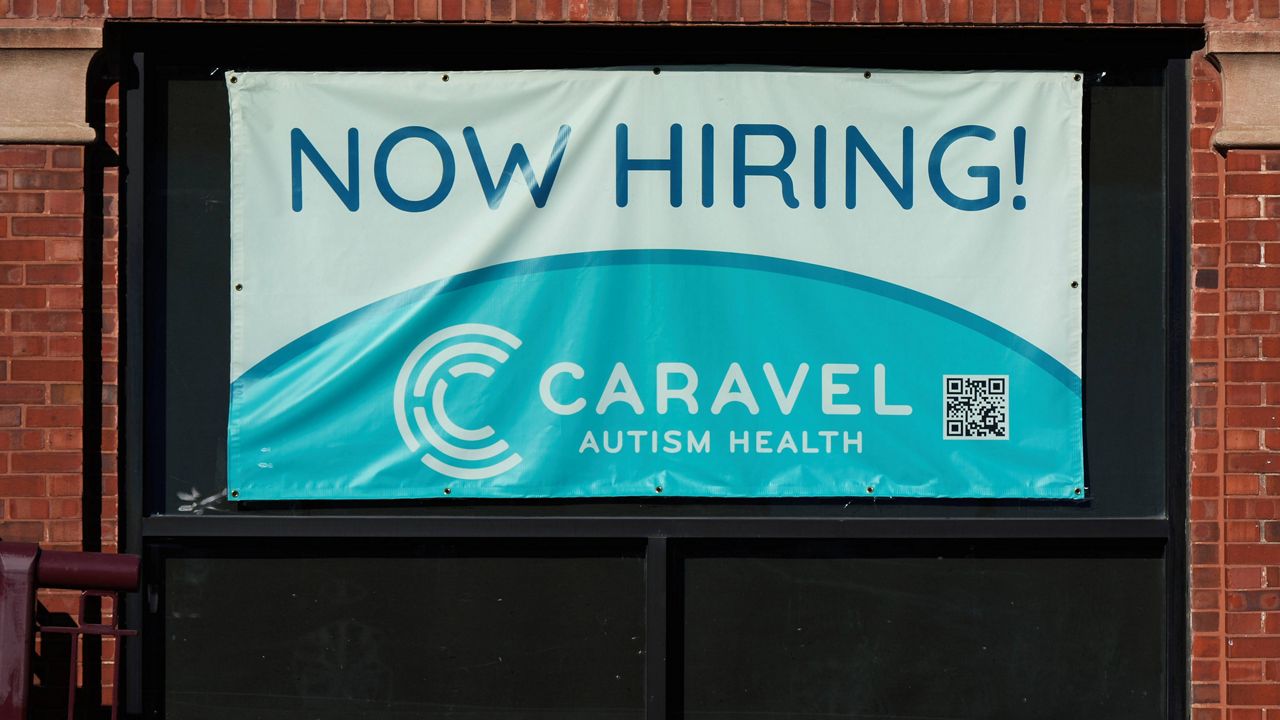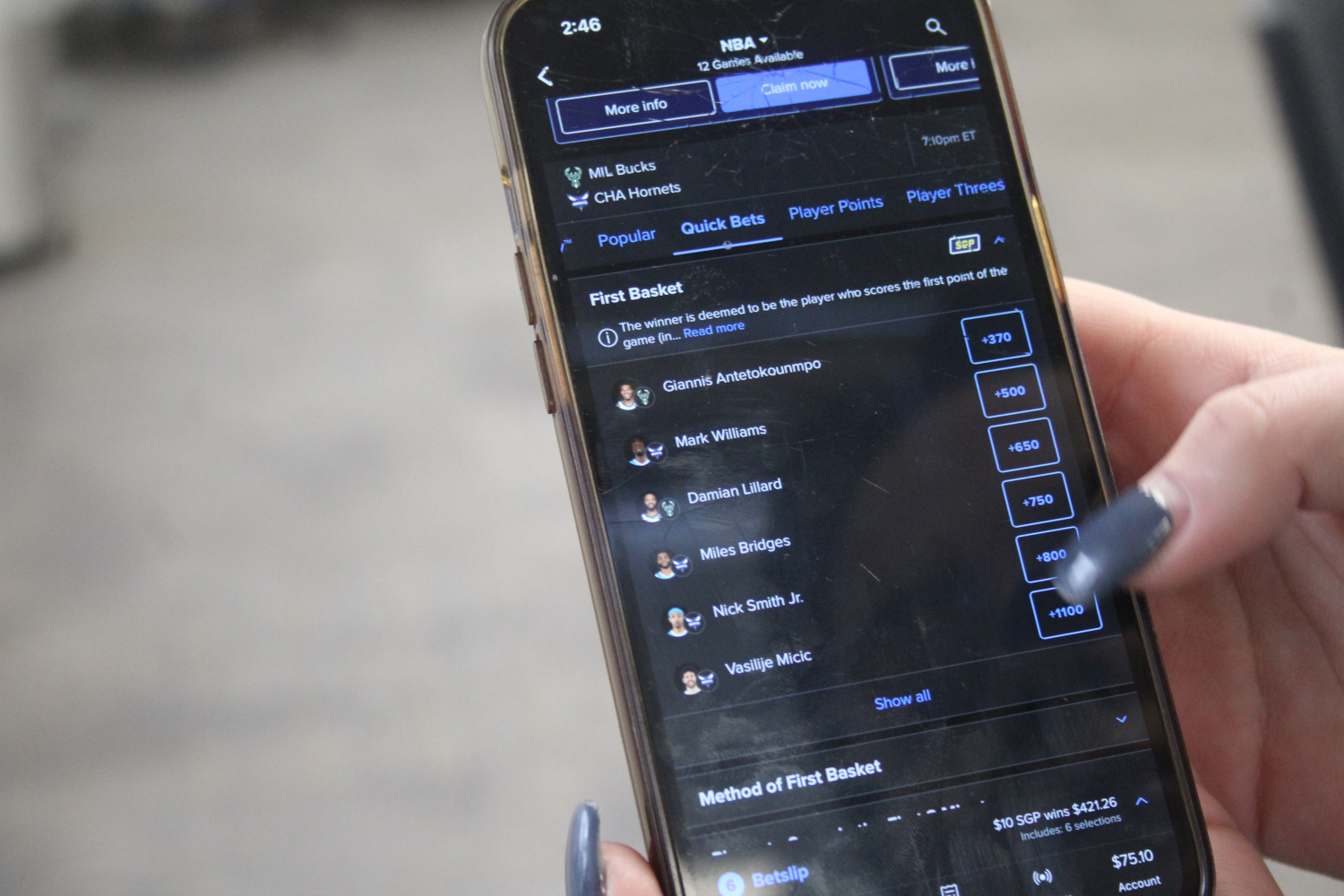U.S. added 143,000 jobs in January, unemployment rate dips to 4%

The U.S. added 143,000 jobs in January, fewer than economists expected, but the unemployment rate inched down to 4% from 4.1%, beating forecasts and still near historic lows.
Forecasters surveyed by Dow Jones had anticipated 169,000 payroll gains in January, after a blowout 307,000 jump in December, according to revised tallies. The numbers released Friday by the Bureau of Labor Statistics include routine annual data adjustments, in which November and December payroll levels were revised up by a combined 100,000.
The BLS revised down the monthly pace of job gains for 2024, to an average of 166,000 from a previous estimate of 186,000, reinforcing widespread expectations that hiring last year wasn’t quite as robust as earlier data had suggested. For the period covering 2023 and early 2024, the U.S. added 589,000 fewer payrolls.
At the same time, millions of people’s paychecks continue to swell. Average hourly earnings rose 4.1% over the past year, partly thanks to minimum wage hikes that took effect last month in 21 states and dozens of municipalities, noted Mark Hamrick, senior economist at Bankrate. The Economic Policy Institute estimated in December that more than 9.2 million workers would see increases in January totaling $5.7 billion.
“Wage growth continues to outpace the recent inflation rate, and even picked up a bit,” Hamrick said in a statement Friday. “The still solid job market provides a solid underpinning for Americans to focus on their financial goals,” even though “affordability challenges abound,” he said.
U.S. stock markets were little changed Friday morning on the heels of the BLS data.
“Today’s jobs report has likely taken a March rate cut off the table,” Seema Shah, chief global strategist at Principal Asset Management, said in a statement Friday, referring to the Federal Reserve’s next move on interest rate levels. “Aside from a slightly disappointing headline payrolls number, the broader picture is still one of labor market resilience and sustained wage pressures.”
How President Donald Trump’s agenda affects the economy is one wild card that investors and Fed officials alike are watching closely.
Shah said some of his policies “have the potential to significantly impact both the labor market picture and the inflation outlook,” adding that “there is every reason to keep rates on hold for now.” Trump himself recently said the Fed’s opting last week to hold rates steady was well-advised, after earlier slamming the central bank hours after its decision.
Some indicators, like hiring rates and the share of people quitting their jobs, show slower movement in the job market as employers think twice about staffing up and workers about jumping ship. But other surveys have shown executives are optimistic that Trump will boost business through new and extended tax cuts and deregulation that could spur more hiring.
“Hiring intentions have gone up across the board,” said Eric Wallerstein, chief markets strategist at the Yardeni Research consultancy. But he agreed consumers have little hope of seeing lower borrowing rates take pressure off their credit card and auto loan bills anytime soon.
While greater certainty around the path ahead for interest rates generally supports business growth, Trump’s recent tariff moves have rattled markets. Some Wall Street analysts have signaled they would revise their growth estimates should he begin to fully implement them, likely drawing promised retaliation from targeted countries.
In a research note this week ahead of the BLS report, Gregory Daco, chief economist at EY, said U.S. gross domestic product could contract by as much as 1.5% this year, with inflation climbing some 0.4 percentage points higher, depending on the extent of Trump’s levies.
“Rising trade policy uncertainty will heighten financial market volatility and strain the private sector, despite the administration’s pro-business rhetoric,” Daco wrote.
Related
Stock market today: Dow, S&P 500, Nasdaq slide as inflation,…
US stocks fell on Friday as investors reacted to the threat of more possible tariffs from the Trump administration while digesting a jump in consumer expect
US employers added just 143,000 jobs last month, jobless rate…
WASHINGTON (AP) — U.S. employers added just 143,000 jobs last month, but the unemployment rate fell to 4% to start 2025.The first monthly jobs report of Donal
January jobs report: Unemployment rate falls to 4%, wages rise…
The US labor market showed continued signs of resilience in January as the unemployment rate unexpectedly fell, wages grew more than expected, and December'
U.S. employers added just 143,000 jobs last month
WASHINGTON — U.S. employers added just 143,000 jobs last month, but the jobless rate fell to 4% to start 2025. What You Need To Know U.S. employers added j









